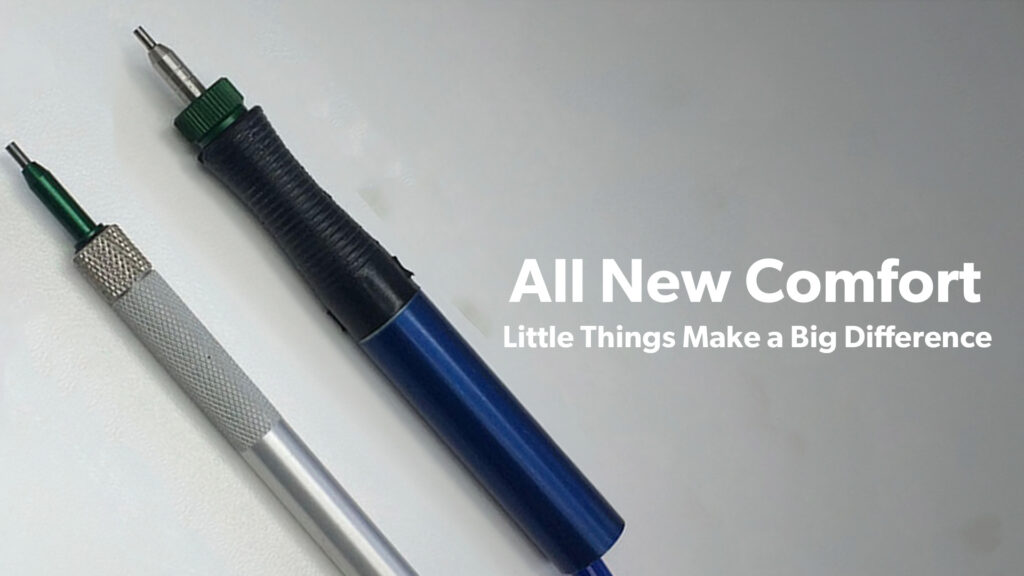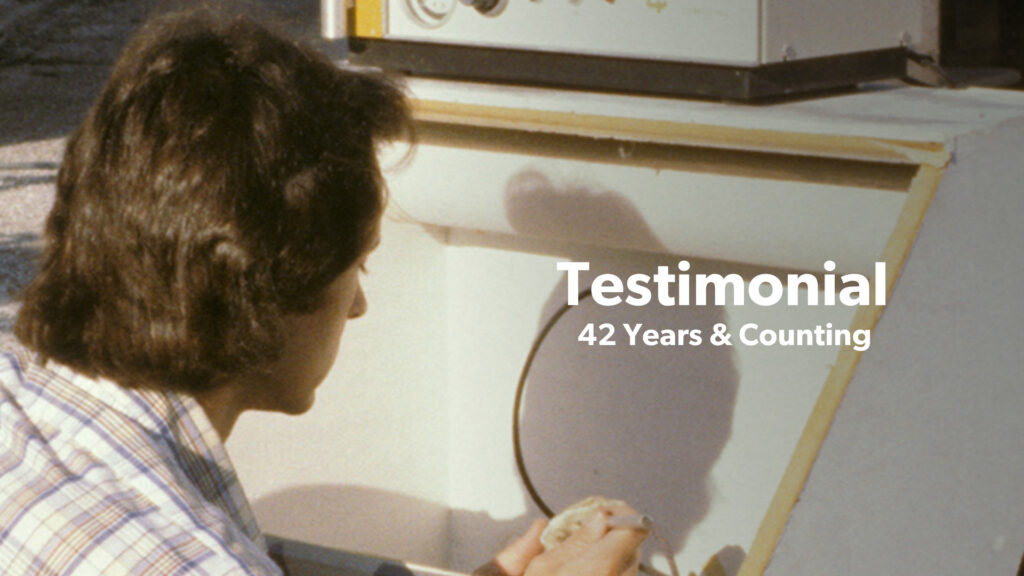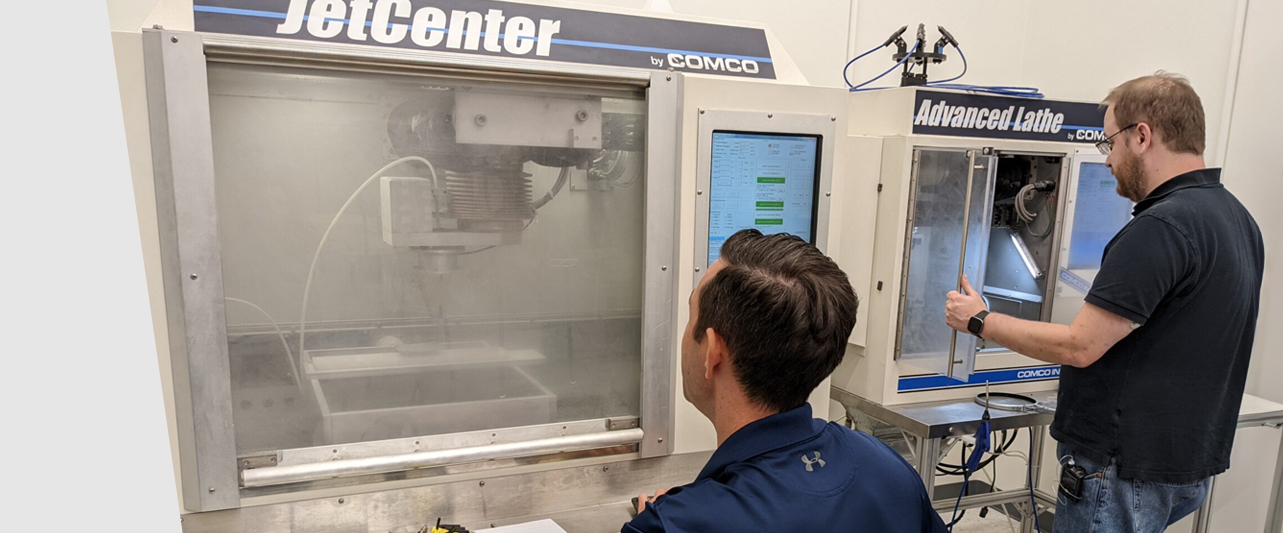Case Studies
Uncovering Dinosaurs
Cleaning the Jaws of A Giant
The Natural History Museum of Los Angeles relies on MicroBlasting to clean and reveal fossil specimen in their Dino Lab. As seen below, preparators are currently using Comco technology to clean the 4ft long jaws (and teeth!) of an Ichthyosaur skull from the Middle Triassic period recovered from what is now Nevada.
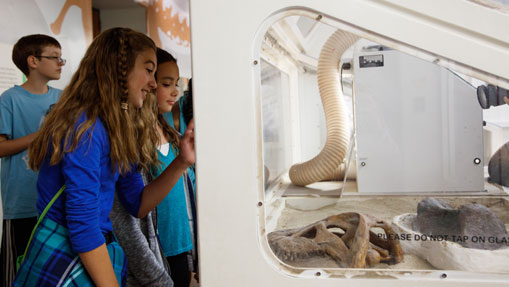
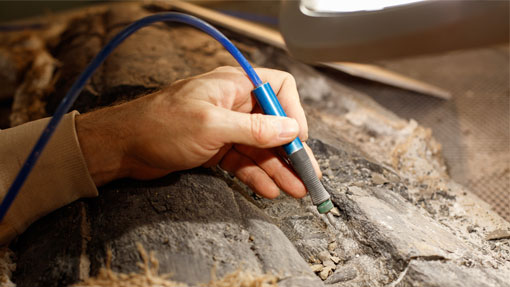
Why Use MicroBlasting for this Delicate Work?
MicroBlasting provides just the right amount of precision and abrasion needed to remove the final layer of material around a delicate piece of history, be it a fossil or an artifact.
This technology affords the preparators the flexibility needed to dial-in their process and select the best abrasive, blast pressure, and nozzle size to remove each specific layer with the utmost precision. Sodium bicarbonate and pumice are often the go-to abrasives for artifact restoration and fossil preparation. Both abrasives can gently chip away at a brittle matrix without damaging the delicate fossil or artifact underneath or simply clean the item and remove debris.
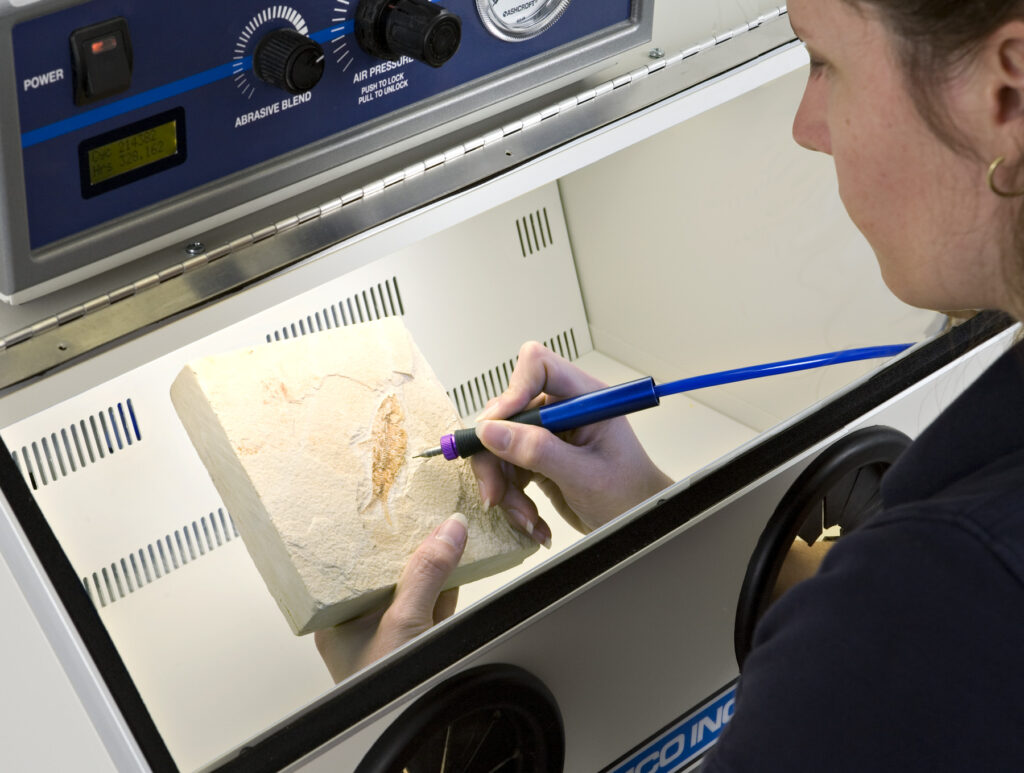
Which MicroBlasting System is Best?
The AccuFlo® is preferred by the Natural History Museum of Los Angeles thanks to its precision and efficiency.
Our ProCenter Plus or Classic workstation are ideal when working with small to medium sized fossil specimens. Our BigBox and Custom workstations offer containment solutions for larger specimens.
Since long hours are required for fossil cleaning, we highly recommend using our ComfortGrip® handpiece.
Applications Lab
Let our experts help find the right solution for your part. We know no two applications are the same. Our Technical Specialists manage sample-part testing and processing from start-to-finish. They actively collaborate with our Sales and Engineering Teams while remaining completely accessible to you throughout the process.



